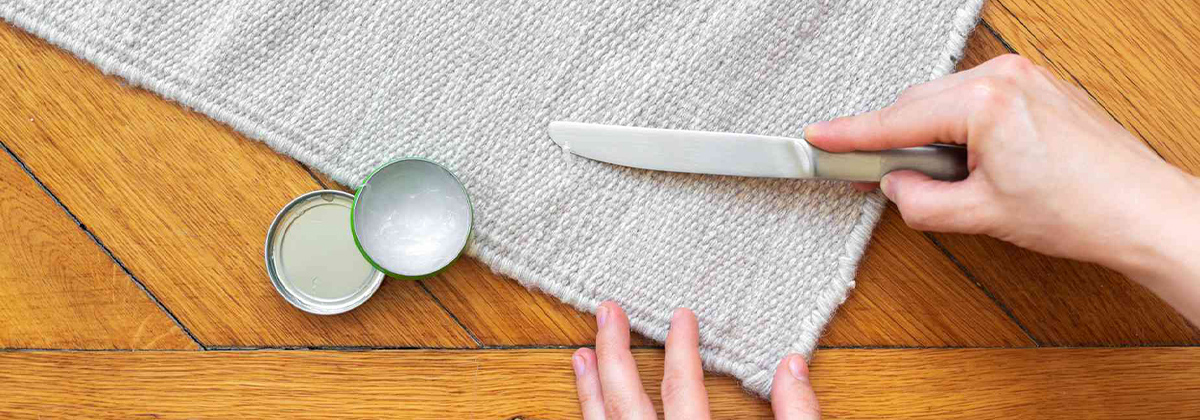24 Jan Removing Vaseline and Ointment Stains From Clothes (Part 1)
One of the most important principles in washing clothes is knowing the ways to remove stains from clothes. If you can’t get rid of the stains, you can no longer use the clothes. Also, the dirty appearance of clothes doesn’t make us feel good and clean. Oily creams, paraffin, ointments and various medicines are prepared to soothe the skin and help us get better. But the same healing products can cause stains on clothes. Oil stains are one of the hardest types of stains that can’t be easily removed from clothes. But if you have enough materials and experience, you can probably get rid of them easily. The most important key to removing the stains on clothes easily is to deal with them quickly. In today’s article, let’s take a look at how to remove Vaseline and similar ointments from clothes.
Materials and tools needed to remove Vaseline and ointment stains from clothes
- Water
- Very strong washing liquid
- Solvent or stain remover
- Cornstarch or talcum powder (optional)
- Oxygen bleach (optional)
- Dull knife or plastic object
- Brush with soft teeth
- Washing machine (optional)
- Tub or sink for wetting clothes (optional)
- vacuum cleaner
Cleaning stains from clothes
Remove solid residues
When a piece of vaseline or ointment is on the fabric, use a dull knife or plastic object and remove these materials and ointments from the fabric as much as possible. Just be careful never to rub these materials on the fabric; Because rubbing only makes the particles of the material penetrate deeper into the fibres of the garment and make cleaning more difficult. If you can’t immediately remove the stain from your clothes, put powder on it. After removing the excess ointment from the clothes, if you don’t have enough time to treat the stain, sprinkle a little cornstarch, baby powder or talcum powder on the stained part of the clothes to absorb the oil.
Use a very strong stain remover or washing liquid to remove stains
Apply solvent or stain remover containing lipase enzyme on the oily or waxy stain. This enzyme helps break down the bond of oil particles. It’s especially important for removing vaseline stains from synthetic fibres such as polyester, which traps fat particles more than any other. Apply the cleanser to the stain with your finger or a soft brush. If you don’t have a stain remover, use a very strong detergent that contains enough enzyme to break the bond between the oil stain particles and can separate them from the clothing fibres. Allow the detergent to remain on the stained part of the garment for at least 15 minutes. Apply the cleanser gently to the desired area with a soft brush. Then rinse this part well with the warmest water that is suitable for your fabric.
Wash your clothes according to the usual method
Wash stained clothes according to the usual method and with the hottest water that’s suitable for your clothes according to the washing guide label. Before putting the clothes in the dryer, check them to see if the stain is completely gone. If you put the clothes in the dryer without re-examining them and find that the stain is not completely removed later, it will be a little late for the next steps. Because the dryer’s heat stabilizes the oil particles between the fibres of the garment and will make it much more difficult to remove.
Clean the coloured particles with oxygenated bleach
If the ointment you’re using contains dyes, you may need to take other steps to remove the paint from the clothes. Make a mixture of oxygen bleach and cold water. Refer to the instructions on the product to know the exact ratios of water and bleach. Immerse the stained clothing completely in the mixture so that the material reaches everywhere, and let the clothes stay in that position for at least eight hours. Then check the clothes again and see if there are any traces of coloured particles left on them.
You can also use the mentioned methods to remove vaseline stains, ointments and similar materials from the carpet. When cleaning furniture, always use the least amount of detergent so that slipcovers and mattresses don’t get too wet.




Sorry, the comment form is closed at this time.